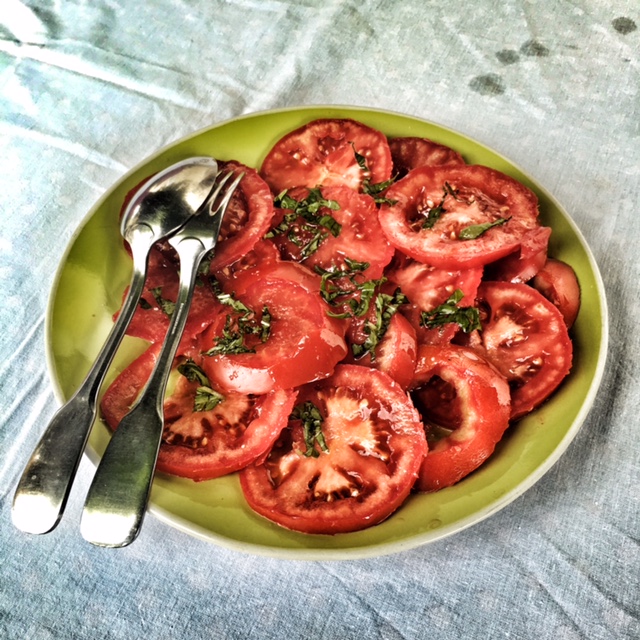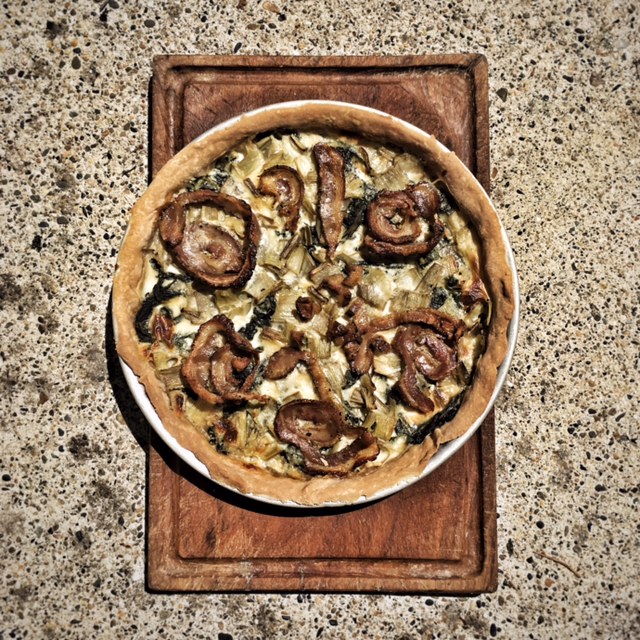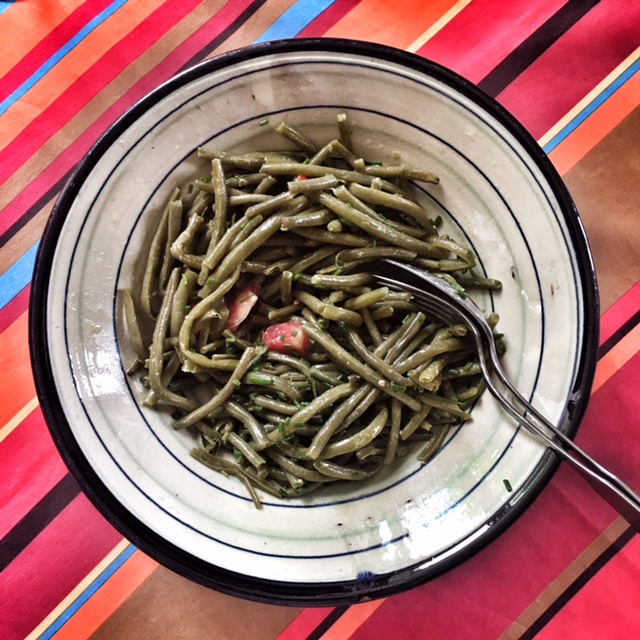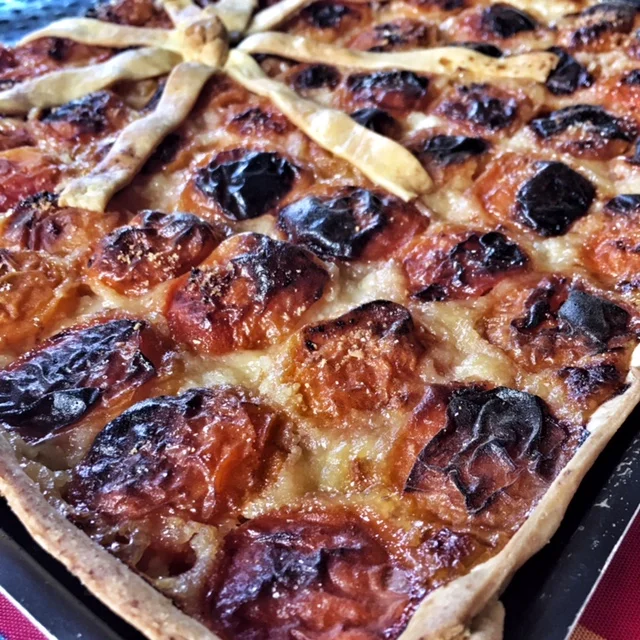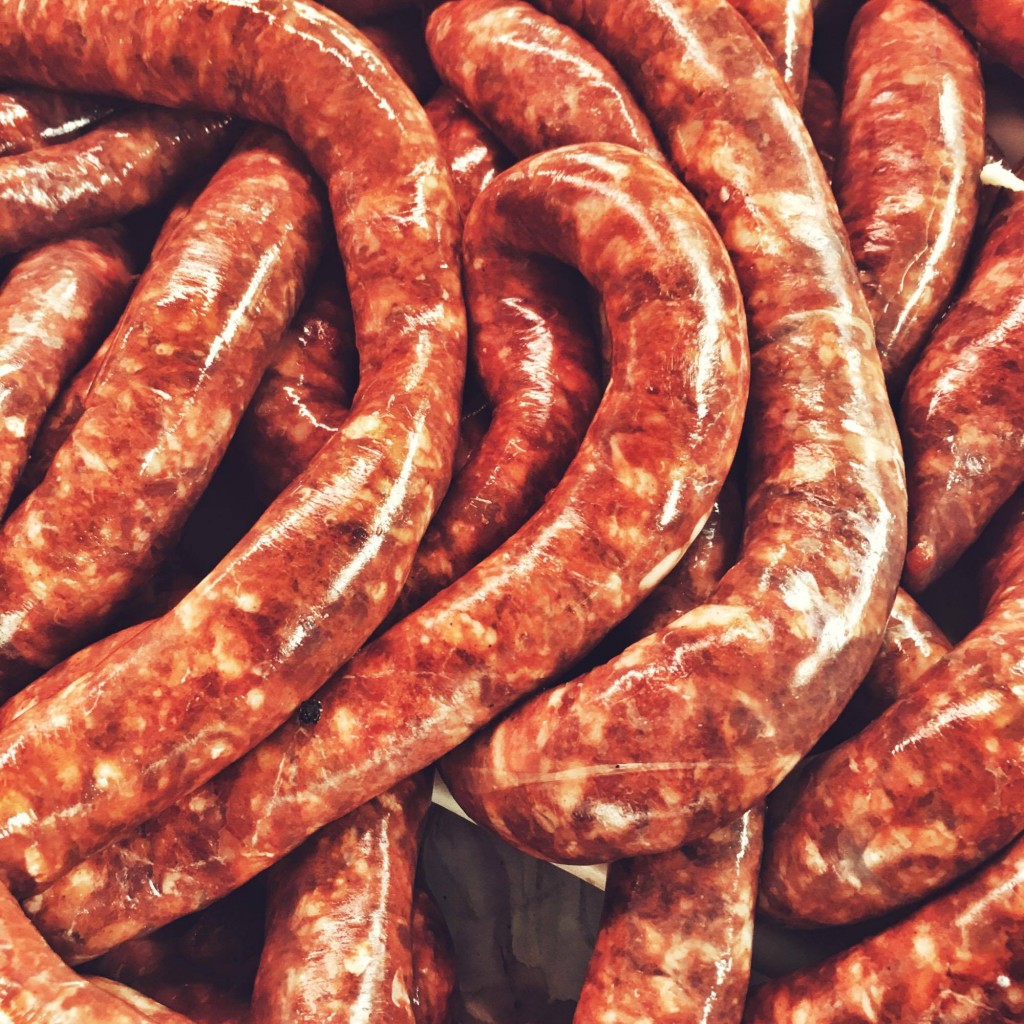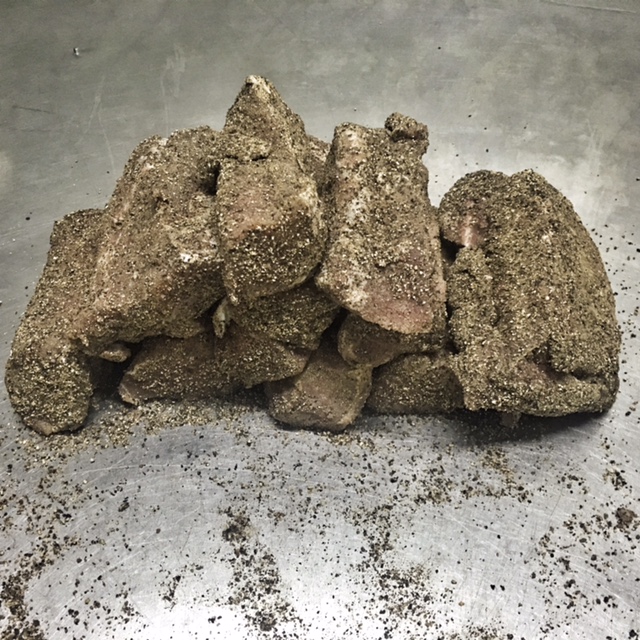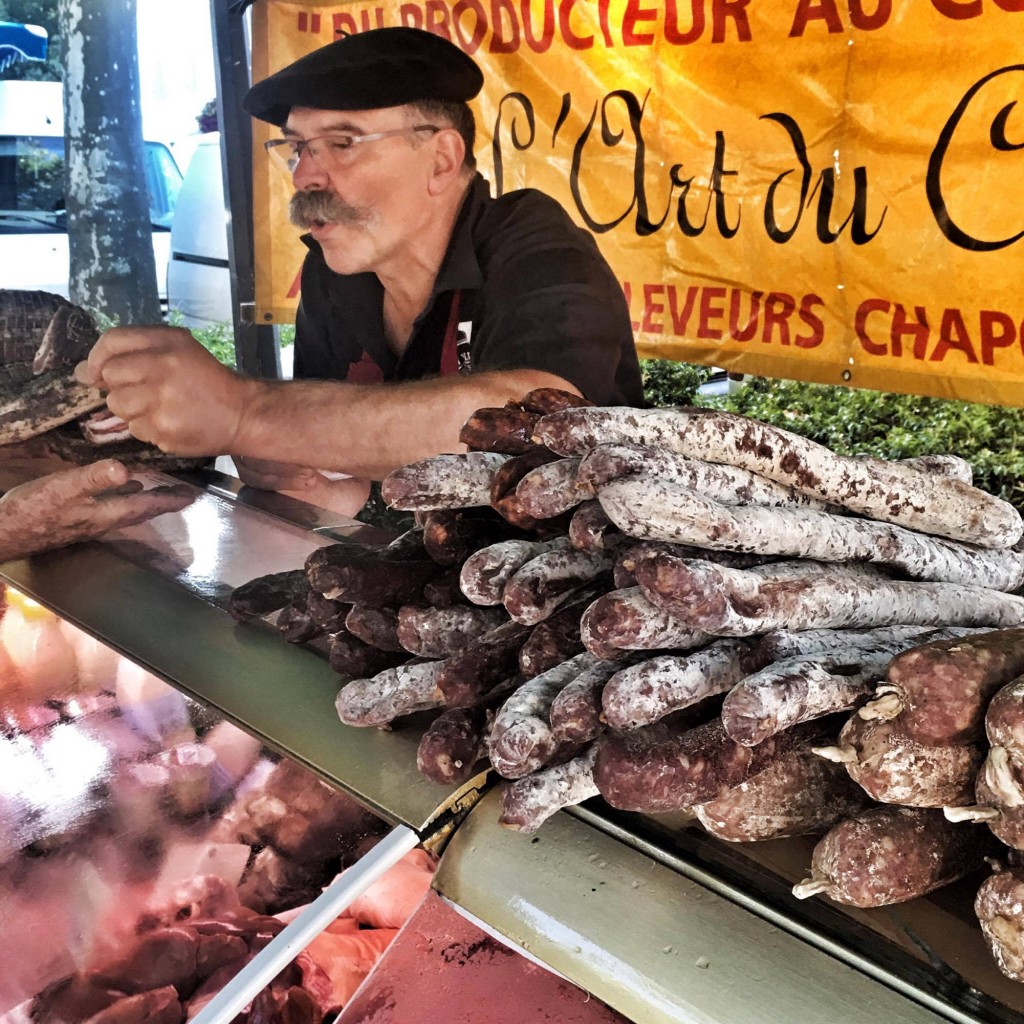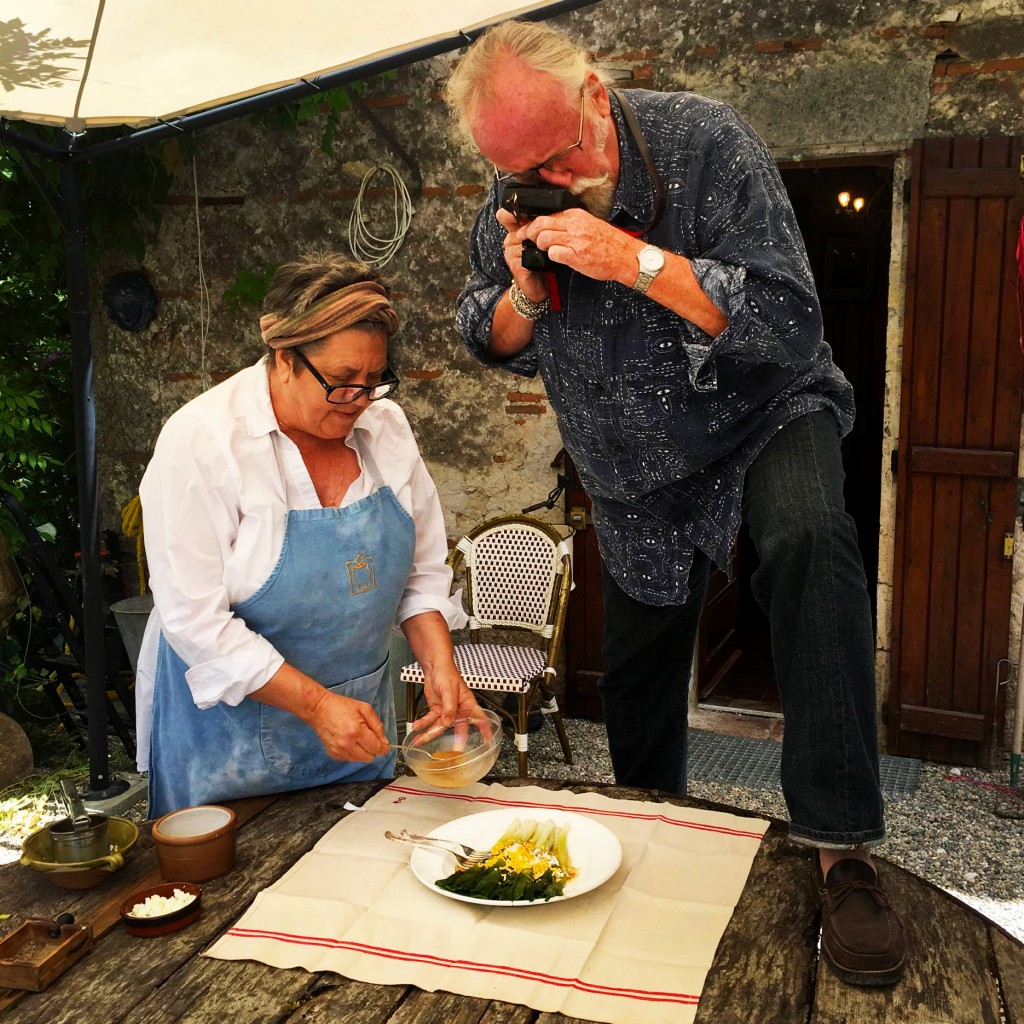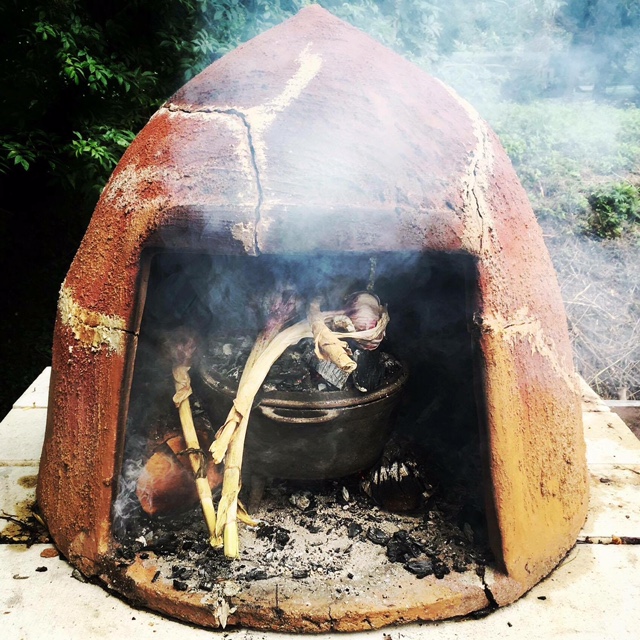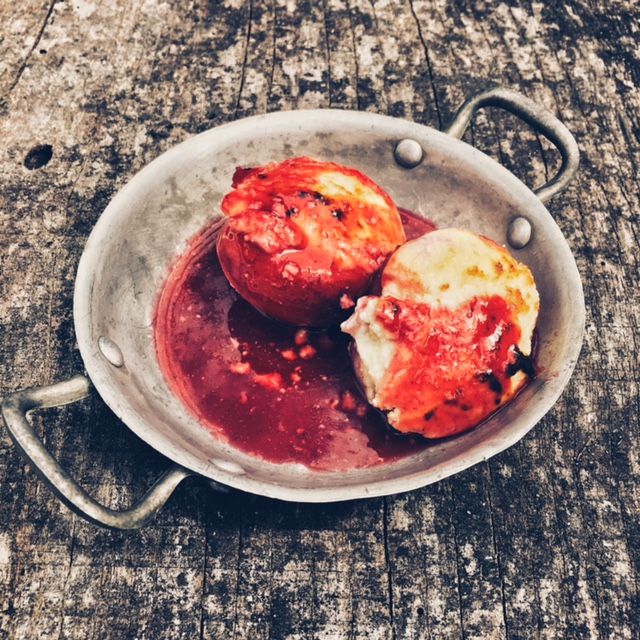vide-greniers: a popular gathering at which individuals expose items that they no longer use, in order to dispose of it in the selling to visitors. Also known as garage sales, fire sales, and flea markets.
Early on in my stay in the Gascon countryside, I heard Maurine talk of her weekend trips to the vide-greniers. She talked about all the fabulous French antiques that each one held and extended an invitation to me to join her and her party for the upcoming weekend's treasure hunt. Unfortunately, I declined due to a previously planned trip to the beach but asked for a rain check instead. In passing, I mentioned I was searching for some really cool vintage butcher’s equipment, especially cleavers, that I could use to decorate my shop. She told me she would keep her eyes peeled for me.
That very next Sunday, on the way to the beach, I got a text from Maurine. In it, was a picture of an old mounted sharpening wheel ... $25!
That was it. I had come down with the “Vide Grenier Fever.”
Every Sunday after that, we woke up early and headed off to whichever nearby town was hosting the vide-greniers for the weekend. It always changed and was never in the same place.
Over the course of a month, I racked up a respectable vintage cleaver collection. I also picked up a few French hat racks for my mother, who had just designed a new hat collection.
Yes, insert shamelsess plug here.
My last “Vide-Grenier Sunday” was very special. Our hunting party consisting of Maurine, Bill, Taff, and I, traveled to the picturesque city of Lectoure. Perched atop a large hill, it provided not only a magnificent view but also a cache of vintage treasures. Sometimes, you find vide-greniers full of junk - after all, they are garage sales, but luckily this was not one of those markets. I ended up procuring two more cleavers for my collection from a booth at the train depot.
One ended up being the best to date.
From the depot, we headed up the hill into town with our Vide-Grenier Fever peaked. Ironically, there along the main street was a disused hospital that had been converted into an antique mall.
I can't think of a more perfect location for bargain hunters with Vide-grenier Fever than in an old, abandoned hospital.
Unfortunately, prices at the Lectoure Antique Market were a bit high and we left empty handed.
On our way back home to Nerac, Maurine wanted to take a different route so we swung through Fourcés, another small French village with a Sunday vide-grenier. The Fourcés Antique Market had a diverse mix of items including a ton of silverware, walking canes with concealed sabers, and even a tractor pull. Somewhere between rummaging between spoons and forks, I stumbled on my greatest find of all the vide-greniers in France – a massive refurbished German cleaver with a two-foot long handle.
This baby was built for some heavy duty splitting!
After a few minutes of haggling with the owner, I separated him from the clever for thirty Euros – an absolute steal.








